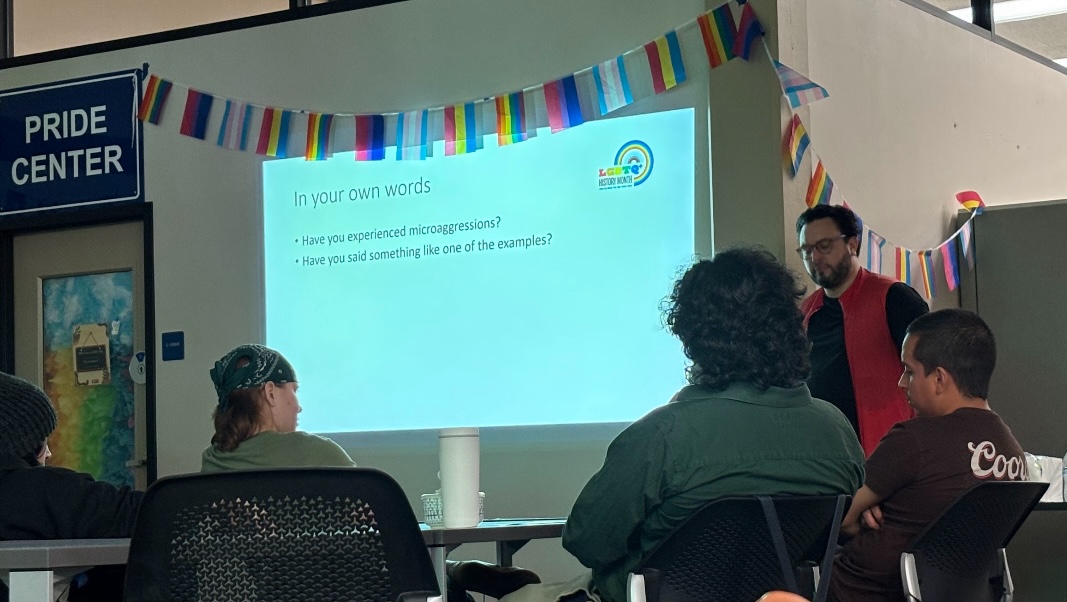Degrees for transfer expand with newly passed bill
December 9, 2013
The passage of Senate Bill 1440 in September 2010 sought to streamline the long process of transferring from community college to four-year universities, a process that is set to be further refined by another bill being signed by the governor to strengthen the existing bill.
Senate Bill 440, proposed by Alex Padilla (D-Pacoima) who authored SB 1440, will require “that the California Community Colleges and the California State University develop a strategic plan for full implementation of the STAR Act and create Associate degrees for Transfer in every major by 2014-15 and in each area of emphasis by 2016-17,” according to an Oct. 10 press release.
“I thank Gov. Brown for signing this important legislation. I want to ensure that students at every community college campus have the opportunity to earn a transfer degree that guarantees admission to a California State University with junior standing,” Sen. Padilla said in the press release. “SB 440 establishes specific objectives and timetables for full implementation of the STAR Act.”
Currently there are 15 transfer degrees being offered through Cosumnes River College. Those degrees are for: sociology, math, psychology, communication studies, physics, business administration, anthropology, art history, geography, journalism, kinesiology, studio art, theatre arts, early childhood education and elementary teacher education.
“At this point, CRC has 15 of 16 transfer degrees completed, with the last one in progress,” said CRC President Deborah Travis via e-mail. “Our hope is that these degrees will give transfer students another choice when deciding the path they want to take in college.”
Travis said that CRC supports Padilla’s bill and efforts.
“It offers students a focused path of getting into a CSU, and that means students will be more successful and spend less time making up any additional classes needed for transfer,” Travis said. “These degrees are capped at 60 units to ensure that students spend two years at a community college and two years at the university if they follow this path.”
“A lot of work has gone into ensuring the curriculum meets the requirements for transfer. Most of our classes already met those requirements,” Travis said. “In addition, we were able to align those classes with the state curriculum to provide a streamlined pathway for our students to get into a university.”
While progress in bringing AA-T programs to schools has been notable in many instances, a report from the Legislative Analyst’s Office in spring of 2012 helped spur on the creation of SB 440.
According to the LAO report “just four Associate Degrees for Transfer have been developed per community college” and “a number of community colleges have expressed reluctance to create more than a handful of such degrees despite the CCC Chancellor’s Office goal that, by 2014, each community college have a TMC-aligned Associate Degree for Transfer in every major it offers.”
Slow progress in the offered degrees and collaboration between the two college systems is the highlight of Padilla’s bill.
“While both the California Community Colleges and the California State University have made progress in implementing the STAR Act, they have fallen short. Community College students deserve a clear and certain pathway to admission to California State University and a college degree,” Padilla said in the press release.
The ability to move through college quicker and in a more streamlined manner is a welcome prospect for many students.
“It gives you motivation to keep doing your classes,” said Ashneel Lal, 21, a business administration major. “It gives everybody opportunity and hope to actually feel like they can actually get into a CSU while going to community college, so I think it’s a good thing.”
Emergency medical technician major 19-year-old Hawkeye Fischer-Rivera felt the same.
“I think it’s a little helpful for some people that are low income and it helps you get everything straight and together,” Fischer-Rivera said. “I think it’s a little fast, but I think it is helpful.”
Through the changes, CRC has their eye on one thing.
“CRC has always had a focus of student success and this is another way our students can be successful in reaching their goals,” Travis said.





